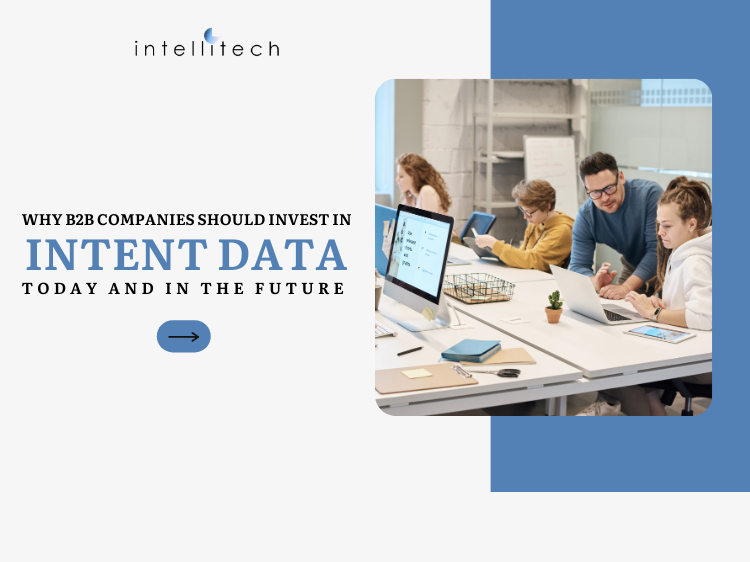Just like ABM (Account Based Marketing), 2021 is going to see the rise of Intent data.
The force behind the surge of intent data is the accurate and dependable insights that it can provide to b2b marketers. It can help create more upsell opportunities and increase the number of conversions too.
As per Statista, here are some numbers based on use cases that show how b2b technology vendors use Intent Data-

The above infographic shows that intent data is indeed crucial for not one but several b2b sales and marketing activities. It sure is an integral part of every b2b plan.
We partner with Bombora, the leader in intent data, find out more
So how does intent data help b2b?
In a b2c scenario which isn’t as complex as b2b, the easier part is getting the customer insights. It can happen through an email, through an interaction or following the digital footprints of the customer.
You get to know what the prospect was searching for, understand the needs and even get hold of the sentimental value that the prospect has towards the product.
Now you can simply customize the solution or offer the perfect and suitable product to the customer and win a sale, because most probably the only decision maker is the customer.
Given the same situation in a b2b scenario, things actually work differently.
In the b2b realm there is not one, not two but many decision makers and sometimes across cross functional teams. There are decision makers in every tier of management and then there are the financial stake holders and so on. This can cause delay in decision making and ultimately in the sales cycle too.
B2B vendors have to identify the prospect through multiple levels of search and analysis. They may have to comb through the website visitors, social media visitors, the organization etc. to arrive at a conclusion.
This makes it difficult for b2b vendors to zero-in on one particular prospect who could possibly and ultimately make the buying decision.
Also, there are instances when b2b marketers are faced with the challenge of gauging the intent of buying through random searches done by visitors. It is also very challenging to differentiate between this kind of search and genuine, methodical search that can tell a tale.
So to resolve this problem and address the challenges, one needs a systematic and more accurate analysis and data that can lead to a more streamlined b2b reach.
Intent data has been an emerging trend amid b2b in the past few years. It has all the components of online activity and details of content-consumption done by visitors. This information is then shared cooperatively by data providers with b2b vendors.
Intent data is the lean-on pillar of b2b. It collects data from every single activity conducted by online users, visitors, prospects. It tracks activities that involve content consumption done through downloadable content assets, webinars attended, reviews, online sessions, time spent on social media etc.
Here are some factors that intent data takes into account to produce reliable results-
- Type of content consumed
- Amount of content consumed
- Number of employees consuming content
- Amount of time spent looking up for specific data
- Place and time zones from where the content was consumed or looked up
So what does the future hold for intent data and b2b sales?
Let us first understand how intent data is used in different ways by b2b marketers-
- Reach businesses that have shown keen interest either in the product or service
- To create robust lead scoring models based on the data sought through intent
- To get accurate insights about companies and prospects who are researching the solutions or products
- Identify upsell opportunities or retarget customers
Intent data is indeed the top contender when it comes to b2b research and tools. So when we think of the future and the use of intent data, it is going to be the go-to solution in most cases in b2b.
It is and will be the most reliable source that can help to reduce the time lag between understanding the needs of the prospect, contacting the prospect and catering to his needs with specific solutions.
Intent data signals will help marketers to not just be quick, but more accurate in choosing the right strategy from case to case.
It can even give a more accurate description for creating buyer personas, further narrowing down targeting for better results.
Conclusion-
Just like ABM, Intent data is the undisputable and most preferred tool to be used by b2b vendors in 2021 and also in the future. B2B marketers can reduce the challenges by getting closer to knowing the prospect and thus creating higher chances of converting leads.
Take a look at our recent blog- how to use Intent data to augment b2b sales that discusses some of the goals and challenges of Intent data and the effective ways to optimize Intent data.

